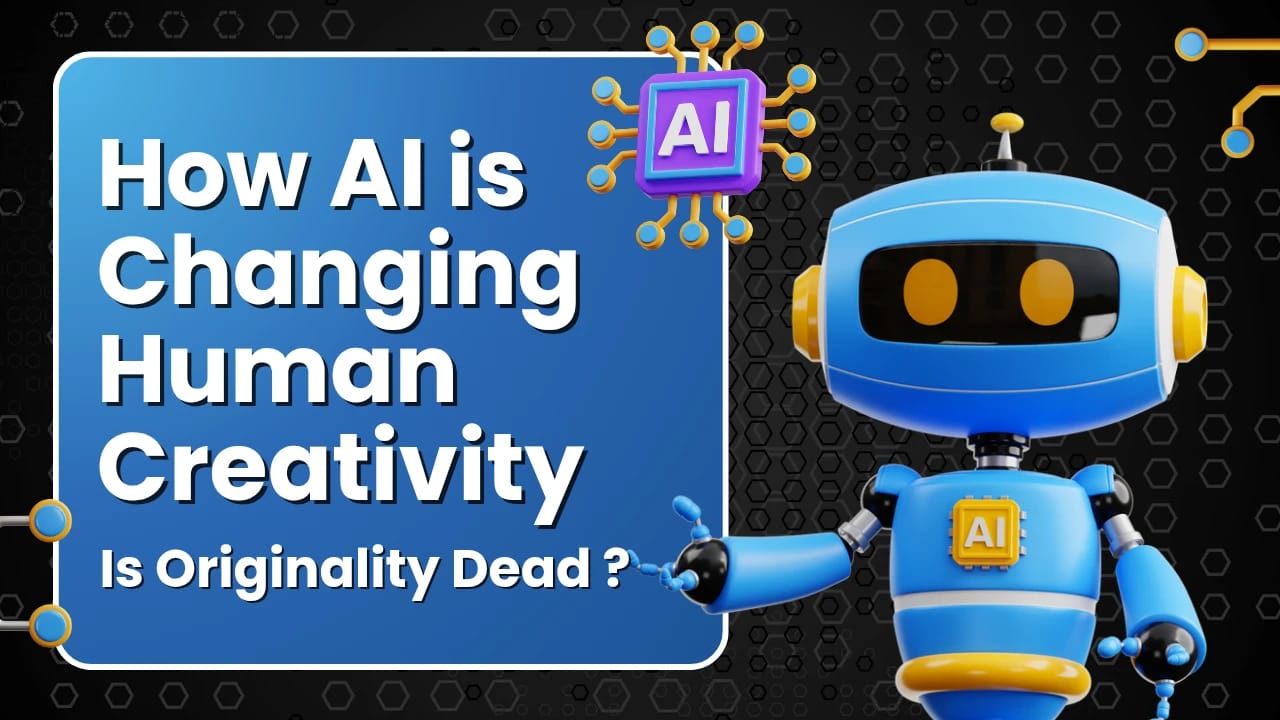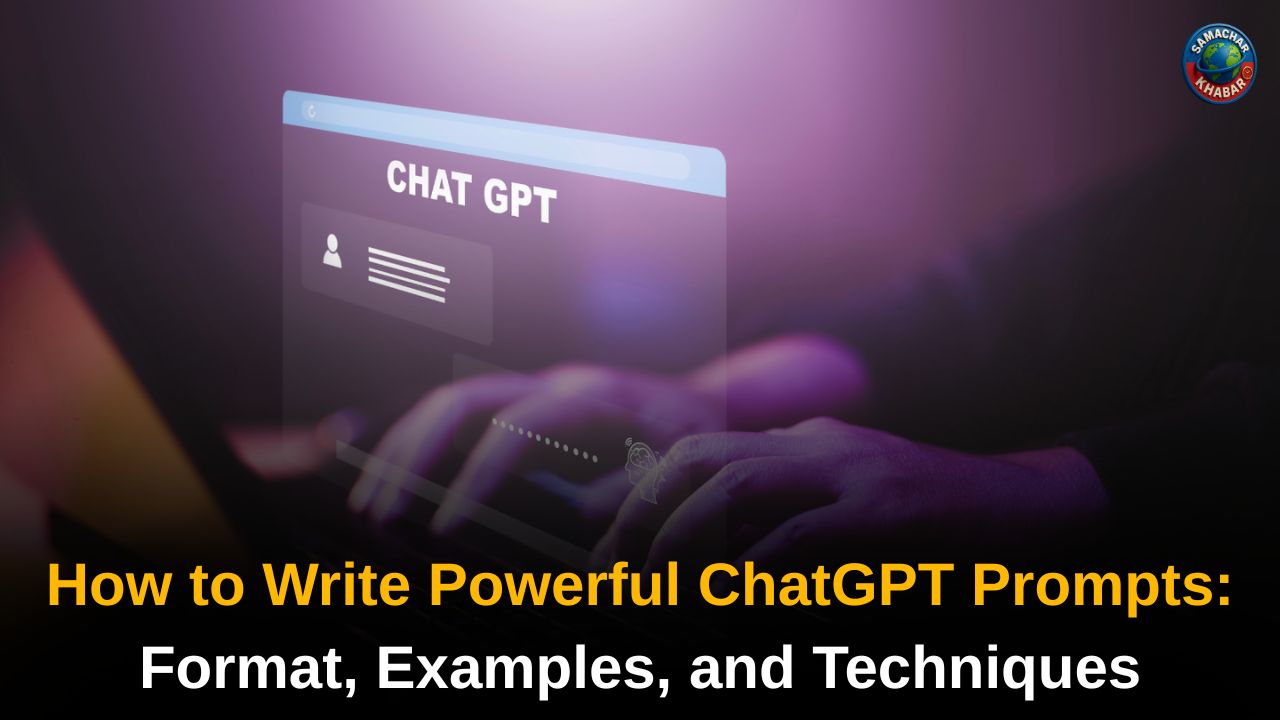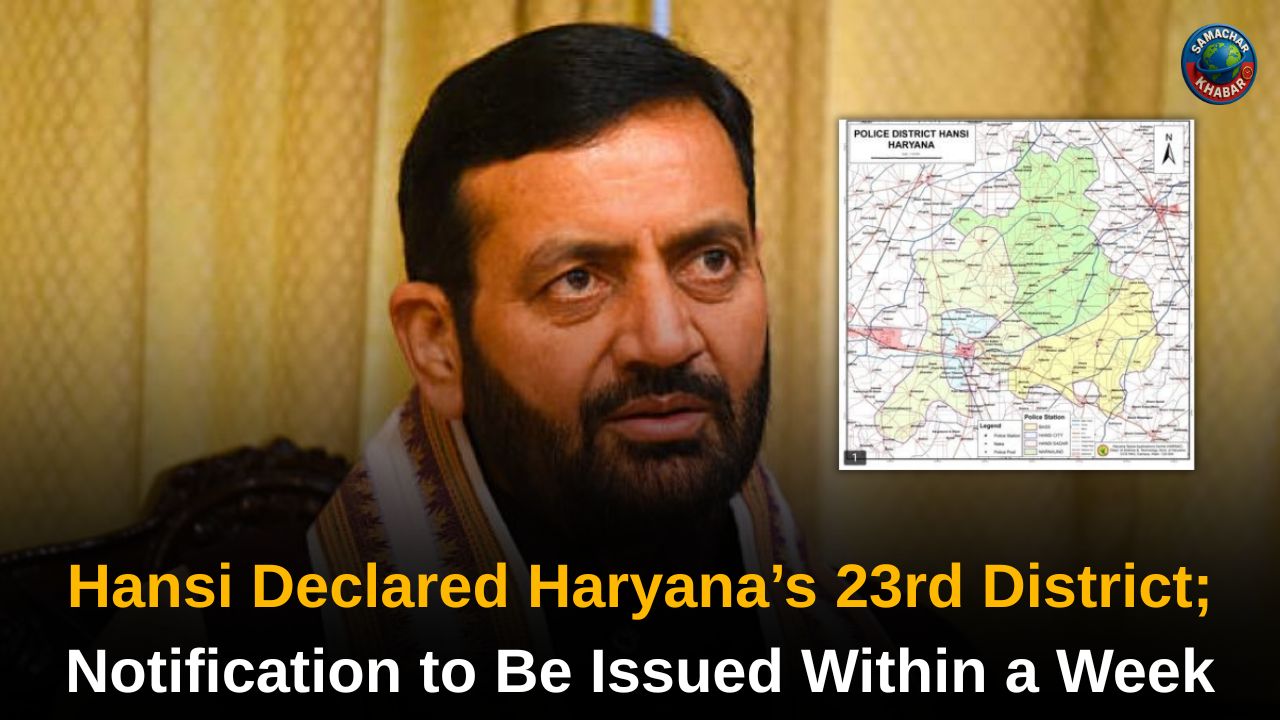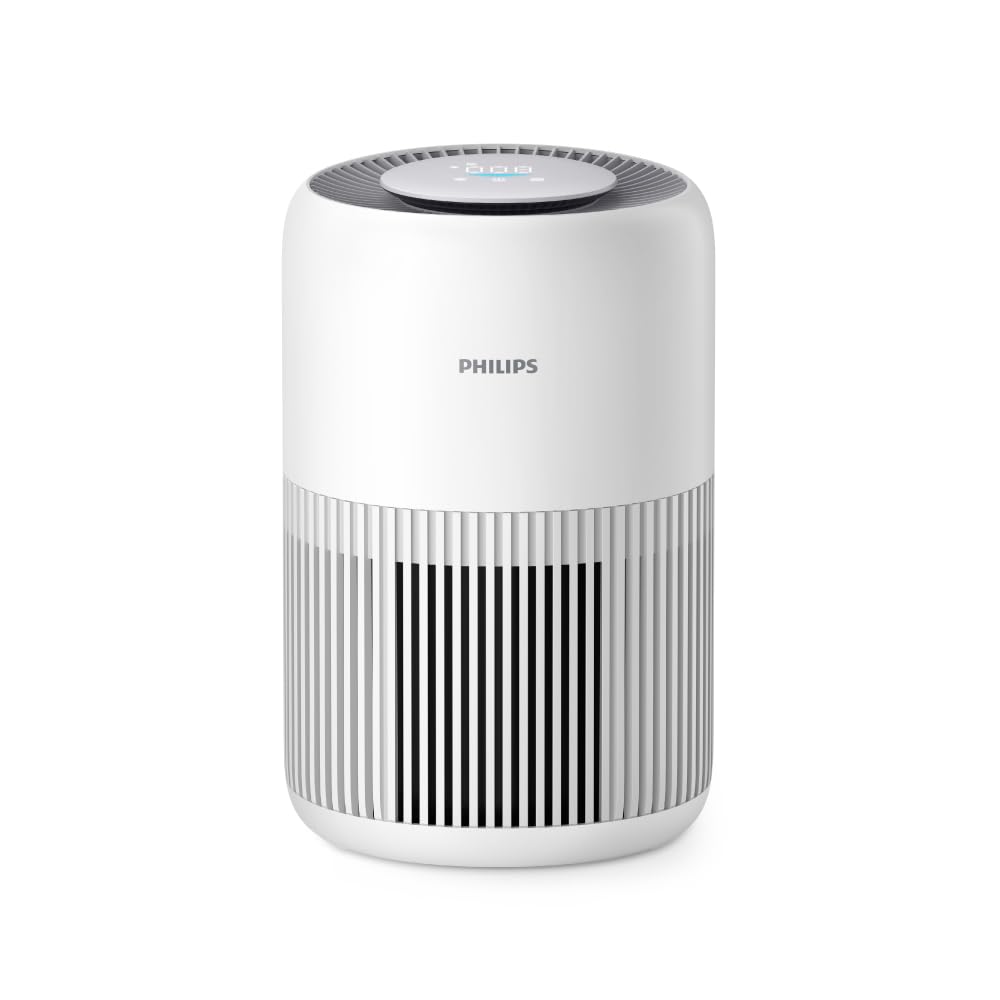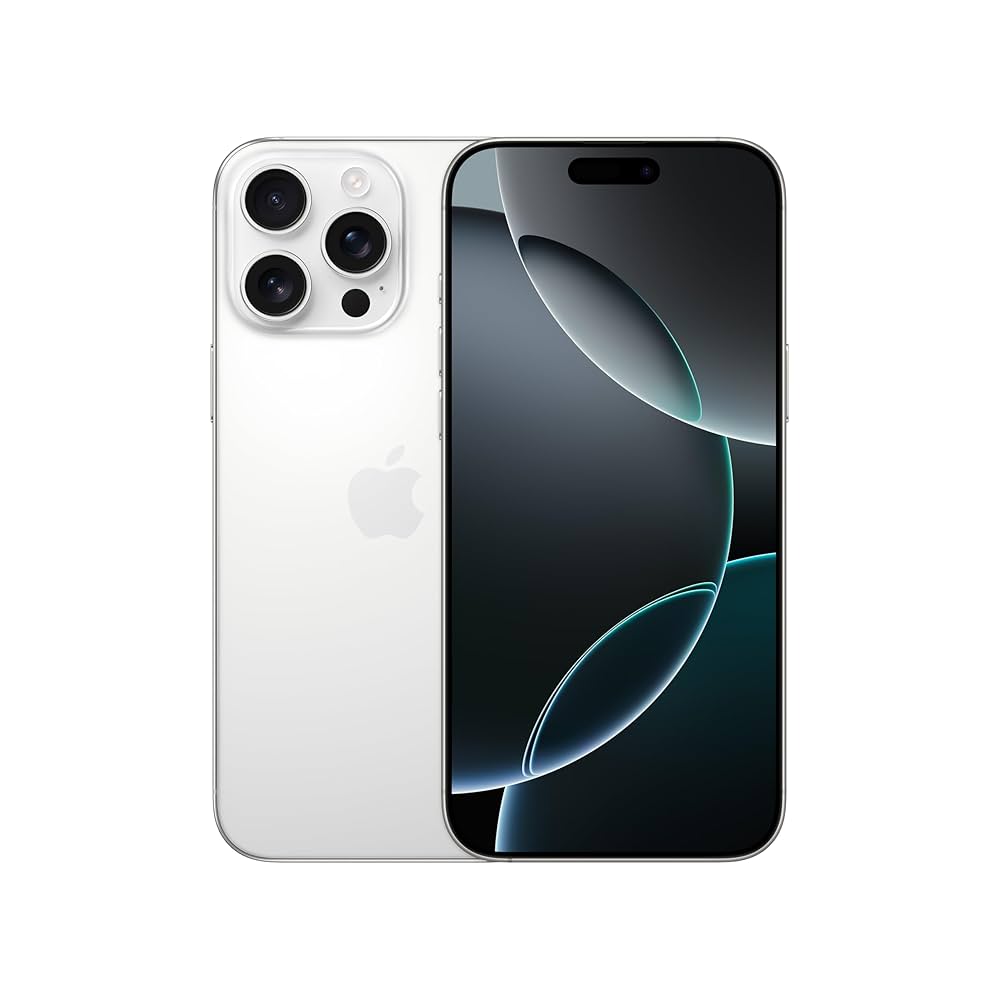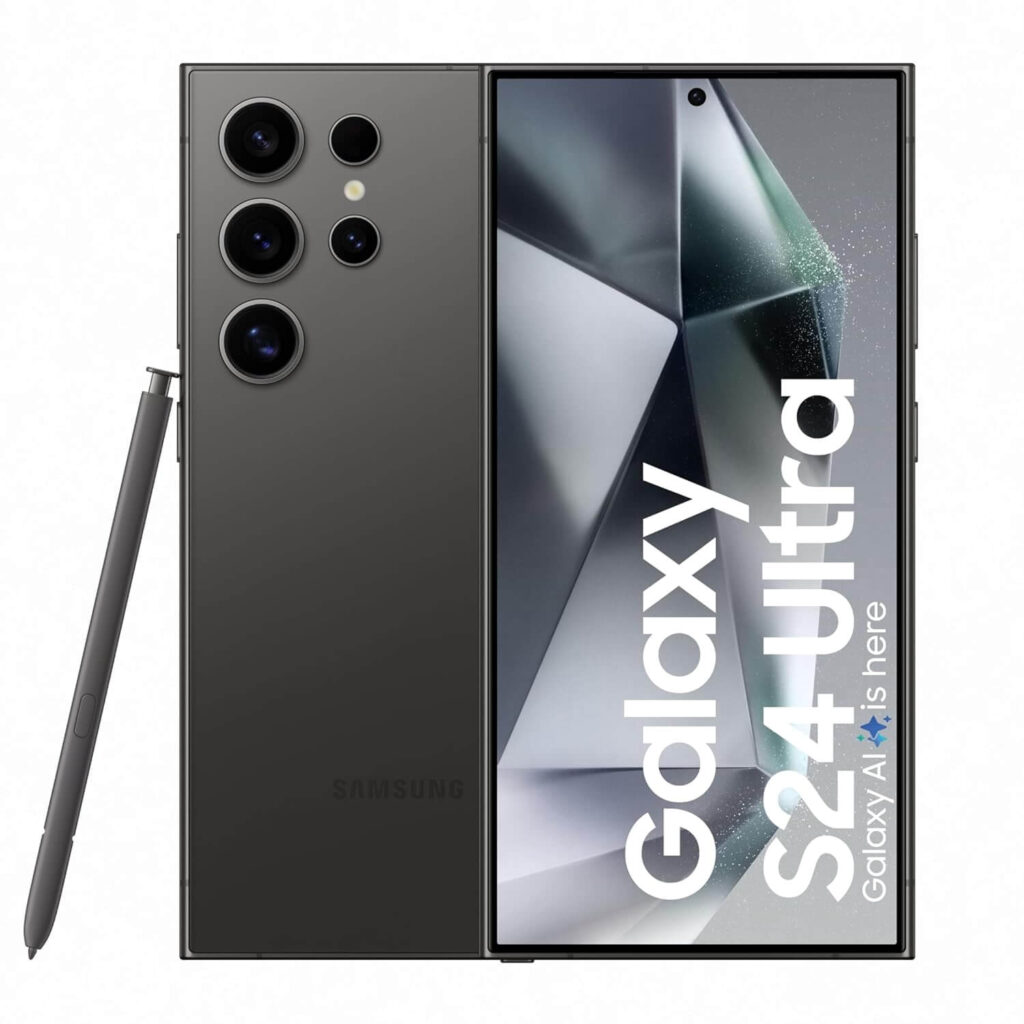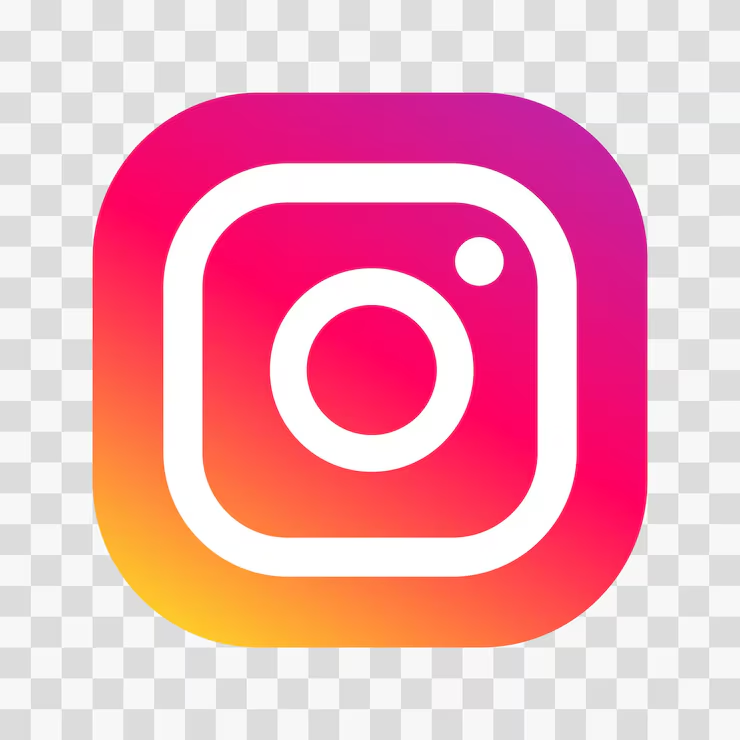How AI Is Changing Human Creativity: In a world increasingly dominated by algorithms, one question echoes louder than ever: Is artificial intelligence killing human creativity, or redefining it? From music and art to writing and film, AI-generated content is everywhere. It paints, writes, composes, and even designs faster than any human could.
But while AI can imitate creativity, can it truly create? This question is shaping one of the most important debates of our time — the future of originality.
What Exactly Is AI Creativity?
Artificial Intelligence doesn’t “create” in the emotional or spiritual sense. It learns from massive amounts of existing data — images, books, music, and code — and then generates something new by combining and predicting patterns.
For instance:
- DALL·E and Midjourney can produce hyper-realistic artworks in seconds.
- ChatGPT and Gemini can draft stories, poems, and scripts on any topic.
- Sunō and AIVA can compose music that sounds almost human-made.
AI systems process patterns, not emotions. They don’t feel inspiration, heartbreak, or joy. They generate results based on what they’ve learned from us. In other words, AI creativity is a mirror — it reflects the collective imagination of humankind.
The Rise of Collaborative Creativity
Instead of replacing humans, many experts believe AI is becoming a creative collaborator.
Writers use AI to brainstorm ideas. Designers rely on AI tools to explore color palettes or styles. Filmmakers employ AI for editing, visual effects, or script suggestions. The goal isn’t to remove the artist — it’s to amplify their creative capacity.
AI has made creativity more democratic than ever. You no longer need years of training to design, paint, or compose. Anyone with curiosity and an internet connection can now create stunning visuals, songs, or stories in minutes.
This democratization of creativity is powerful. It has opened doors for millions of people who once believed they weren’t “creative enough.”
The Challenge: When Everything Looks the Same
However, there’s a darker side to this revolution. The more AI tools people use, the more homogenized creativity becomes. Because AI learns from what already exists, it often replicates the same styles, themes, and tones.
Think of it like this — if everyone uses the same AI to generate images, the results start to look alike. The more we depend on AI outputs, the less distinct our individual voices may become.
This is where originality is at risk. True creativity has always been about human emotion — imperfection, unpredictability, and intuition. AI lacks those traits. It can predict what’s likely to work, but it cannot feel what truly moves people.
The New Definition of Originality
So, if AI can imitate everything, what does “original” even mean in 2025?
Originality is no longer just about creating something entirely new. It’s about how you use technology to express your unique perspective.
For example:
- A writer using AI to overcome creative blocks can still produce deeply personal stories.
- An artist using AI tools for concept sketches still injects their soul into the final piece.
- A marketer using AI for slogans still needs intuition to connect emotionally with audiences.
In short, AI doesn’t kill creativity — it challenges us to redefine it.
AI as the New Muse
Ironically, AI can inspire humans to be more creative. By removing technical barriers, it frees people to focus on deeper concepts and storytelling.
Imagine a filmmaker who can instantly visualize scenes using AI storyboards, or a poet who can generate hundreds of metaphors to refine one perfect line. AI can push creators beyond their limits by offering infinite possibilities in seconds.
This technology doesn’t replace imagination — it provokes it. The artists who will thrive in the AI era are those who treat these tools as co-creators, not competitors.
The Ethical Dilemma: Who Owns the Art?
One major concern with AI-generated creativity is authorship and ownership.
If an artist uses AI to create an image trained on millions of other artists’ works, who deserves the credit? The person? The machine? Or the original creators whose styles were learned by the algorithm?
Many creators argue that AI uses their intellectual property without consent. Others see it as evolution — just as painters learned from past masters, AI learns from data.
As legal frameworks evolve, future copyright laws will need to clearly define the boundaries of human-AI collaboration.
The Emotional Gap: What AI Can’t Replace
Despite all its power, AI lacks one fundamental element — emotion.
True creativity isn’t just about producing something beautiful; it’s about expressing feelings, pain, and imagination. AI can generate a love poem, but it can’t feel love. It can draw a sunset, but it doesn’t feel awe or gratitude for its beauty.
That emotional depth — the invisible thread that connects human experiences — remains out of AI’s reach.
That’s why audiences still crave human-made stories, art, and music. No algorithm can replace the authenticity that comes from lived experience.
The Human Role in the Age of Intelligent Tools
As AI becomes more advanced, humans will shift from being creators to curators — guiding, refining, and interpreting AI outputs.
The value of creativity will depend on:
- The originality of ideas.
- The depth of meaning behind the work.
- The ability to emotionally connect with the audience.
In the coming years, the most successful creators will be those who blend human empathy with technological innovation.
How to Stay Original in the AI Era
- Use AI as a tool, not a shortcut. Let it inspire ideas, but always infuse your voice.
- Focus on storytelling. Facts can be generated; emotions cannot.
- Experiment with imperfection. Don’t polish everything — flaws make art human.
- Keep learning. AI evolves fast; staying creative means staying curious.
- Protect authenticity. Let your audience feel you, not your prompt.
The Future: Collaboration, Not Competition
By 2030, creativity will likely be a partnership — where humans bring emotion and intuition, and AI provides data and speed.
This fusion can lead to a creative renaissance unlike anything before. Instead of fearing AI, embracing it mindfully can unlock imagination at an unprecedented scale.
After all, every tool in history — from the paintbrush to the camera — once sparked the same fear. But humans adapted, and art evolved.
AI is simply the next chapter in that story.
Conclusion — From Artificial Intelligence to Divine Intelligence
Artificial Intelligence is reshaping the world, redefining creativity, and making innovation faster than ever. Yet, amid all this progress, one truth stands unshaken — technology may create art, but only humanity can create compassion.
AI can compose music, write poetry, and paint images, but it cannot feel the emotions that inspire such creation. It can learn patterns, but it cannot experience kindness or empathy. True originality still comes from the human soul — from awareness and the will to do good.
Saint Rampal Ji Maharaj reminds us through His divine mission, the Annapurna Muhim, that the highest form of intelligence is not artificial — it is spiritual. The mission’s noble message —
“Roti, Kapda, Siksha, Chikitsha aur Makan,
Har gareeb ko dega Kabir Bhagwan.”
— reflects the essence of divine creativity: to serve, uplift, and enlighten humanity.
The Annapurna Muhim ensures that no one sleeps hungry, no child remains uneducated, and no poor soul suffers without shelter or treatment. It represents true wisdom in action, where compassion and equality become the foundation of progress.
While AI connects machines, Saint Rampal Ji Maharaj’s Annapurna Muhim connects hearts. It teaches that the greatest innovation is not in building robots but in rebuilding humanity — with empathy, selflessness, and spiritual understanding.
“Roti, Kapda, Siksha, Chikitsha aur Makan,
Har gareeb ko dega Kabir Bhagwan.”
— Saint Rampal Ji Maharaj
As the world races toward artificial intelligence, let us remember divine intelligence — the kind that creates peace, not pressure; harmony, not hierarchy.

